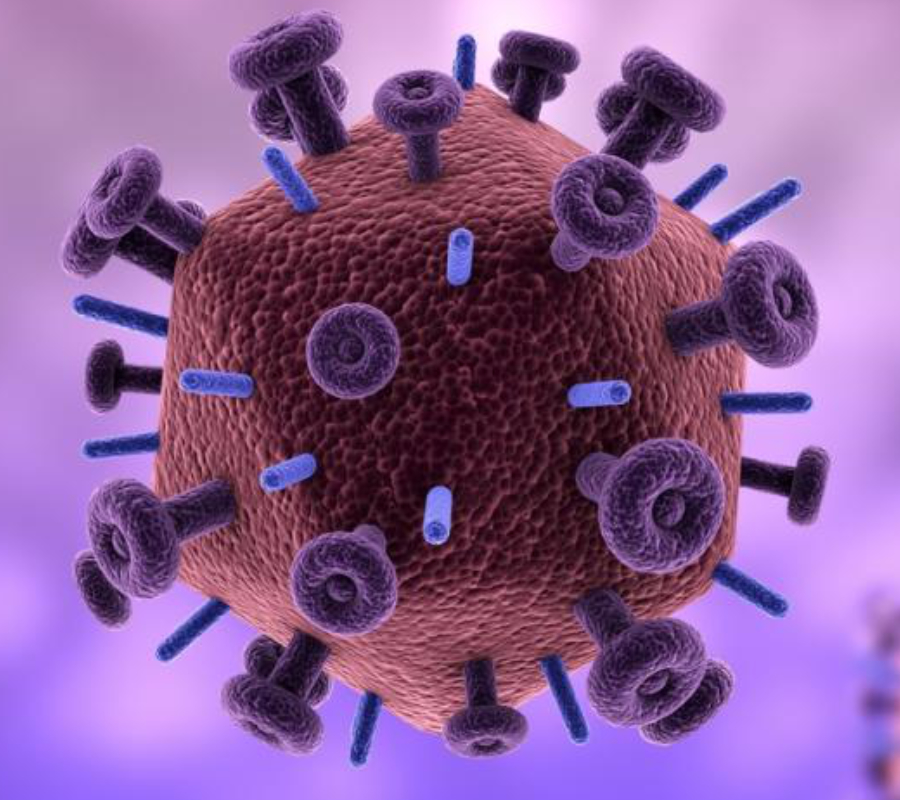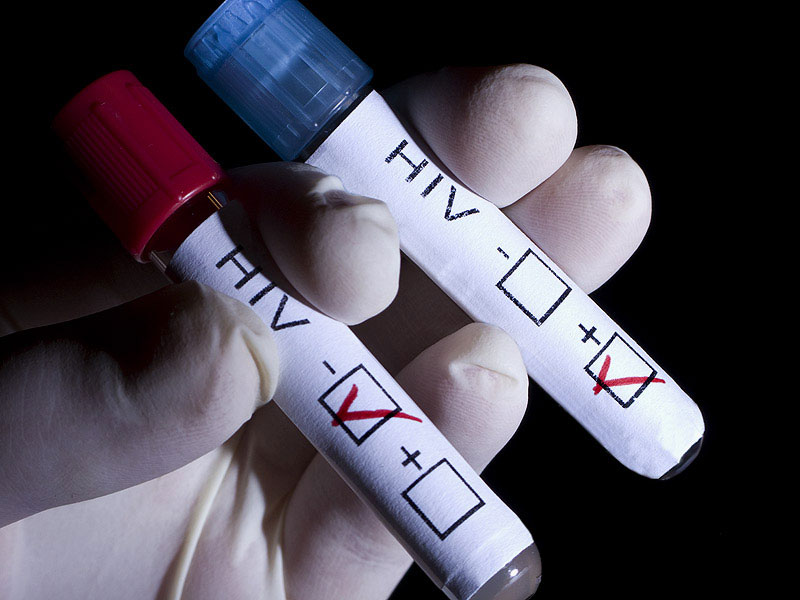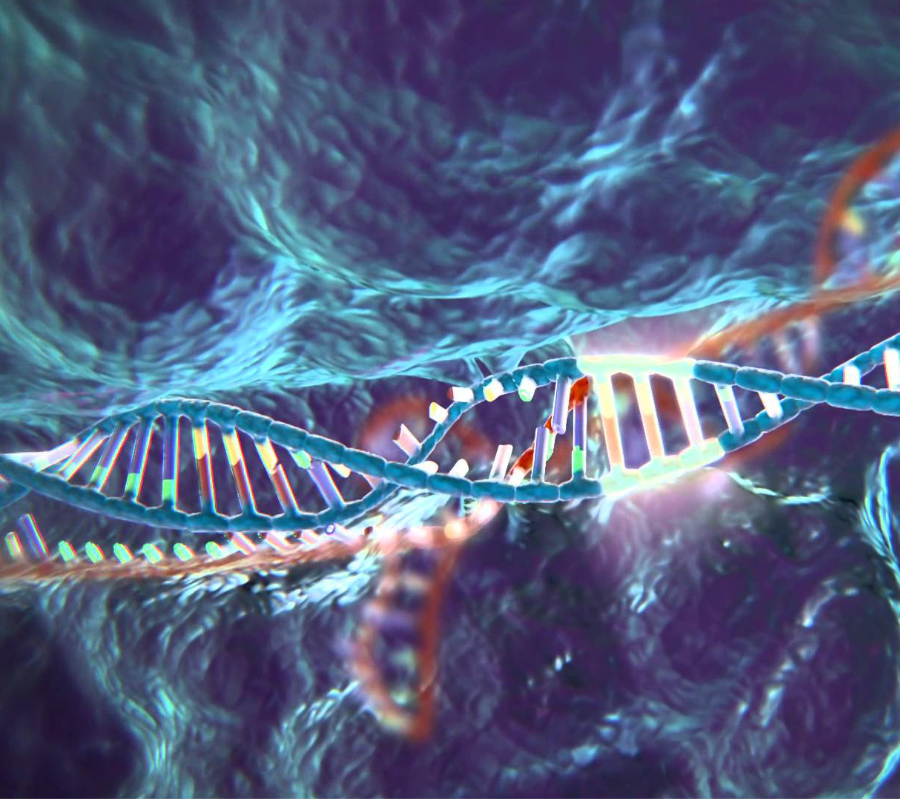Using gene-editing technology, researchers from the University of Pittsburgh and the Lewis Katz School of Medicine at Temple University (LKSOM) have managed to eliminate HIV infections in mice carrying human cells.
They performed the tests in several subjects, including a “humanized” genetic model, where a specimen had HIV-infected human immune cells. Although researchers claim to be “cautiously optimistic,” this has become the first study to effectively shut down the HIV replication process.

A breakthrough in genetic engineering
The study, led by Wenhui Hu, M.D., Ph.D. from LKSOM, is based on the powerful CRISPR-associated protein 9 (Cas9)-mediated process to edit genomes. CRISPR/Cas9 was the method employed by the same researchers in 2016 to analyze the genome of mice infected with HIV-1. That’s when they first realized they would be theoretically capable of eliminating fragments of the HIV-1 from the genome of each specimen.
This new set of trials goes deeper into the process, as they were able to confirm the data in the 2016 study and improve the efficiency of the steps taken to edit the genes. Furthermore, the same strategy worked for not one, but three different genetic models with different types of cells.

Th team was able to reduce the RNA expression of the HIV’s genes by 60 to 95 percent in mice whose infection had not activated yet, which is a fantastic evidence of progress. Later, they focused on mice with an acute infection, in which the HIV actively replicates. They used CRSPR/Cas9 to “block viral replication and potentially prevent systemic infection,” as stated by Kamel Khalili, Ph.D., chair of LKSOM’s department of neuroscience. The virus’ RNA expression was reduced by 96 percent, becoming the first evidence in history of eradication of the HIV by using CRISPR/Cas9 or genetic engineering altogether.
One of the mice had human immune cells alongside T cells, which are those containing the virus when it is able to avoid detection.
“Amazingly, after a single treatment with CRISPR/Cas9, viral fragments were successfully excised from latently infected human cells embedded in mouse tissues and organs,” stated Dr. Hu.
Researchers explain that they are now looking forward to starting tests in primates, which represent a model where HIV infection is often paired with illnesses of different types. If everything goes well, the research team expects to start trials in human patients at some point.
Hacking the DNA using CRISPR/Cas9
Biologists often refer to CRISPR/Cas9 as “hacking the DNA.” The technique predates from the 1960s when geneticists first started combining the DNA of plants and animals to create new species. They eventually realized that because of how the proteins were structured, they could cut DNA in specific places and retain genetic coherence.
Eventually, in 2014, CRISPR was developed by French biologist Emmanuelle Charpentier and Jeff Doudna, but the initial find is now contested by Feng Zhang from MIT. CRISPR is short for “clustered regularly interspaced short palindromic repeats.” A set of CRISPR-associated genes, or Cas, can instruct proteins to cut DNA in specific ways.

Charpentier and Doudna believe that CRISPR/Cas9 may eventually win a Nobel Prize, as it serves as a “Swiss Army knife” for geneticists. Since its conception, CRISPR has been used to treat diseases in both animals and humans.
One of the first uses of CRISPR/Cas9 in humans was to treat beta-thalassemia in human fetuses. The Chinese scientists who employed the method were widely criticized, as the scientific community agreed that the technology was at the time too young to be used in humans without a standardized set of animal trials beforehand. After injecting the fetuses with the altered molecules, only 4 out of 54 embryos showed positive results. Furthermore, not all of their cells displayed the desired changes.
According to Huang University’s ethics board, the study met all medical ethic standards, mainly because the researchers used embryos that were already to be discarded if not used as scientific material. Still, the study was rejected by the journals Science and Nature for ethical reasons.
Right now, the closest that CRISPR/Cas9 can get to a human application without ethical issues is altering animal organs so they are suitable for human transplants. The organs of pigs, for example, can be employed in transplants that would save a patient’s life. The issue is that the organs of animals often carry deadly viruses that may cause the transplant to do more harm than good. CRISPR/Cas9 genetic engineering may help overcome this by recombining the genes of pig embryos to get rid of the virus’ DNA.
Source: Genetic Engineering & Biotechnology News
